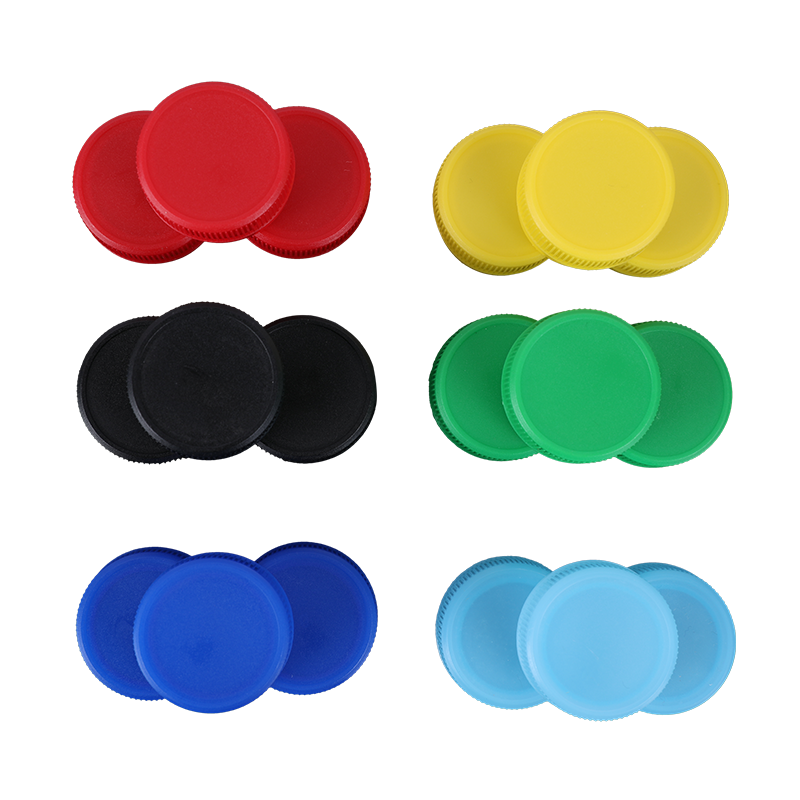Before starting my business, I considered myself an avid recycler. But until I started to do some research, I realized that it is much more complicated than people think. As the machinery and processing of the recycling industry become more and more complex, recycling companies can do more. This is a good thing! However, as an educated consumer who follows the rules, it is more work for those of us who are striving to become green.
For years, consumers have been told to remove bottle caps and not to put them in recycling bins. There are a few options for the remaining "lonely" caps-some companies including Aveda collect them in their stores. However, old habits are difficult for many of us to change. I have voluntarily participated in several recycling activities this year and have witnessed the types of items people store and unload. Last spring, a family brought a box containing nearly 1,000 bottle caps. They have saved them for a year, and they didn't realize that in the Chicago area, these caps can now be left on the bottles.

Receiving process details
According to the Consumer Plastic Recyclers Association, the part of the FAQ about bottle caps:
Recycling collection and processing technologies have improved, and the demand for recyclable materials has increased, allowing for updated recycling messages and processes. It is expected that this important development will be permanent.
Why do these changes?
First, when recycling becomes easier, participation will increase.
Secondly, the cap material is recyclable. Why throw away things that can be recycled?
Third, putting the cap on the bottle will reduce the smell of the original food bottle.
Please note that not all of these lids will be removed during the recycling process. Before the bottles are washed vigorously during the recycling process, the bottles are ground into flakes. The washed lid material is then separated from the bottle material during the floating/sinking process in the water bath. In very basic terms, higher density cap materials will sink; lower density materials will float. These two materials are then recycled into new items.